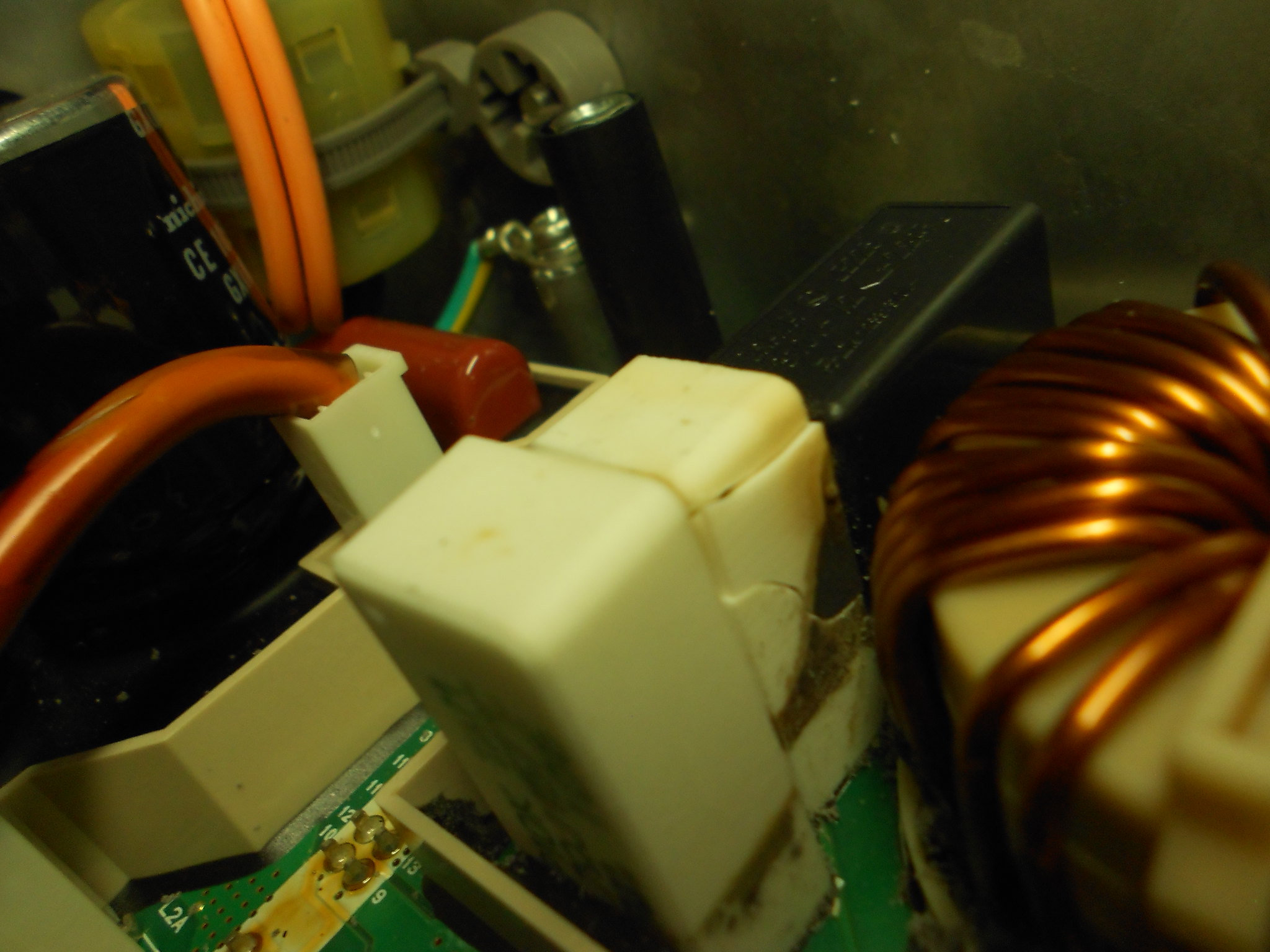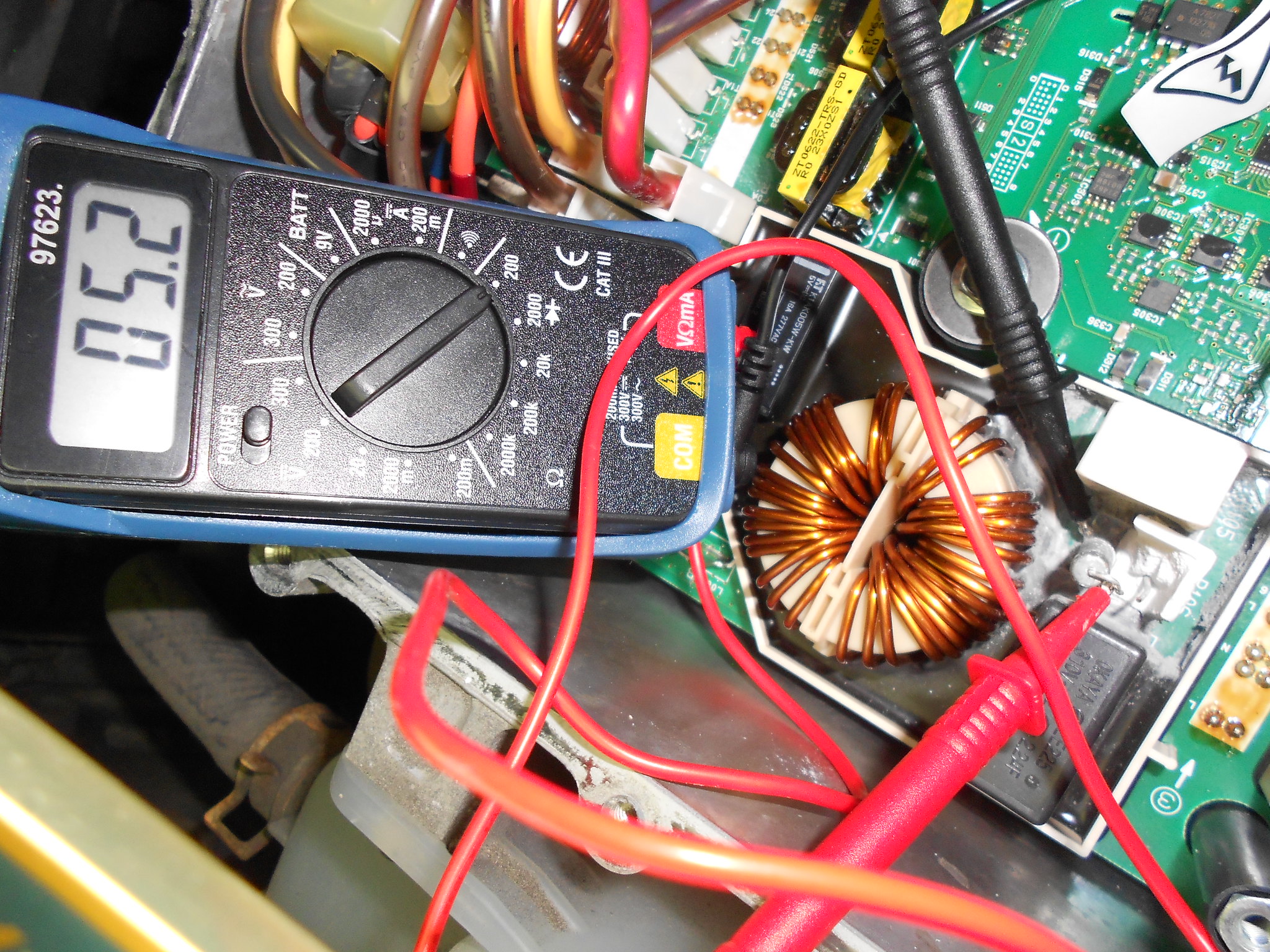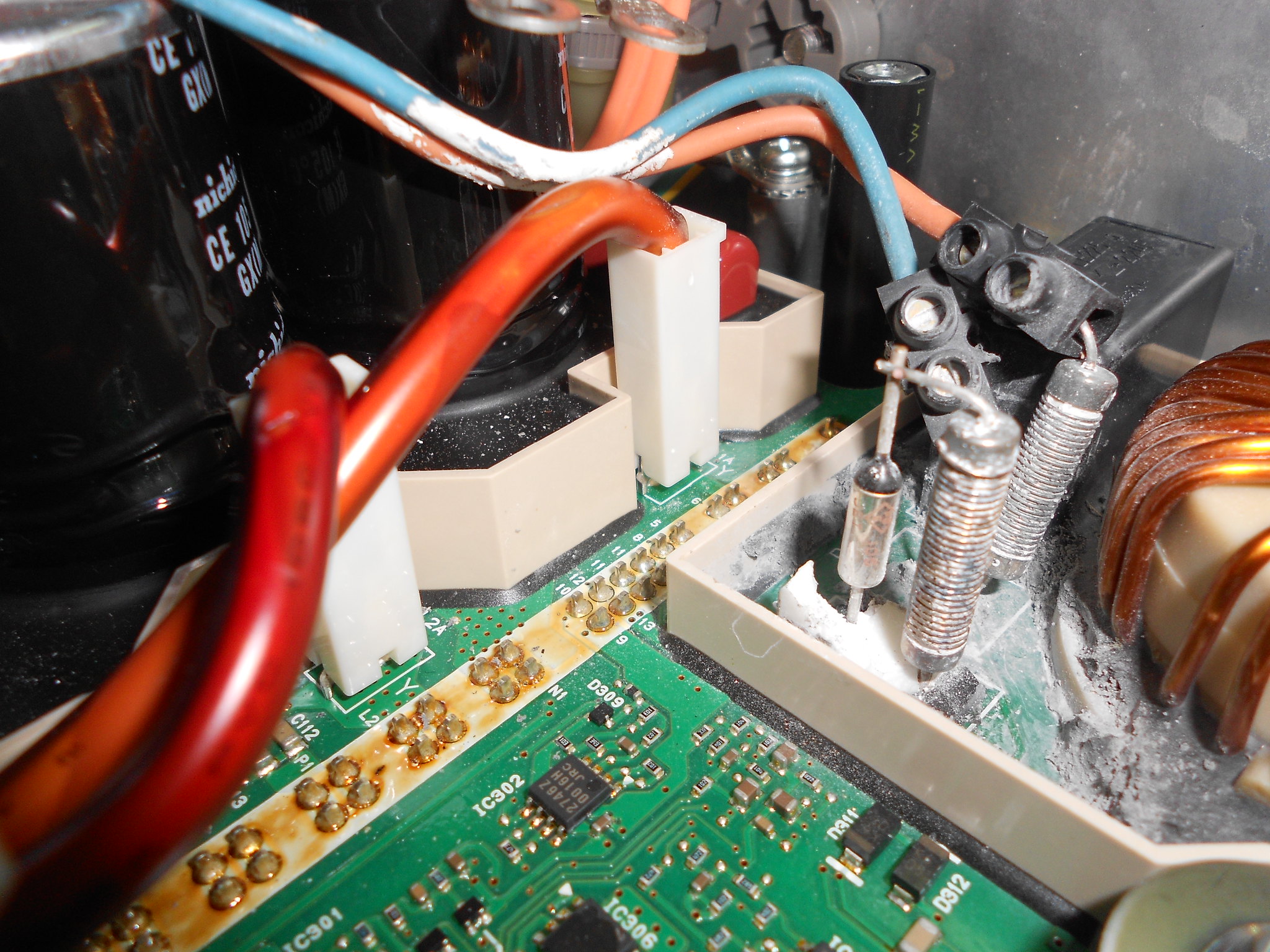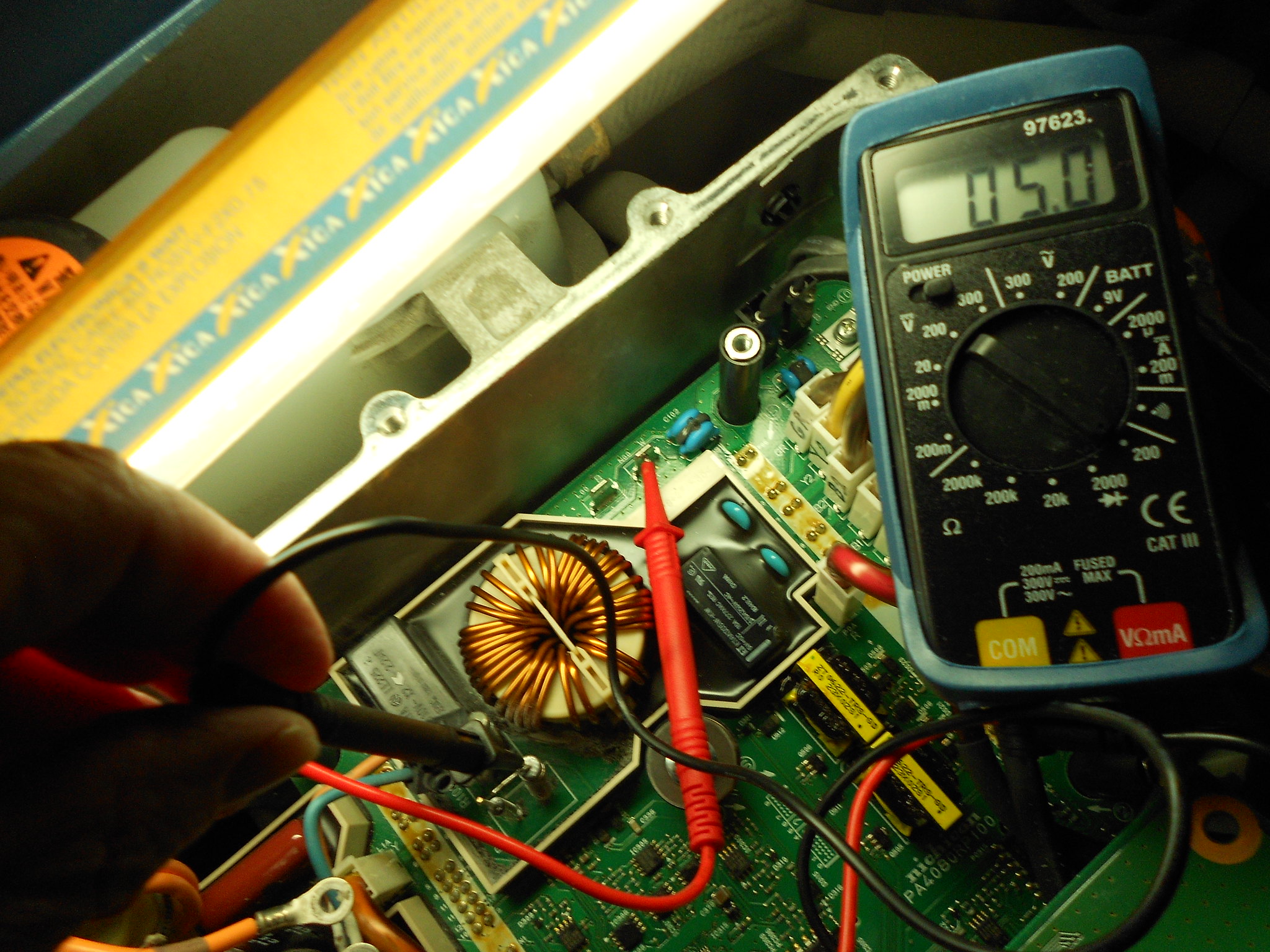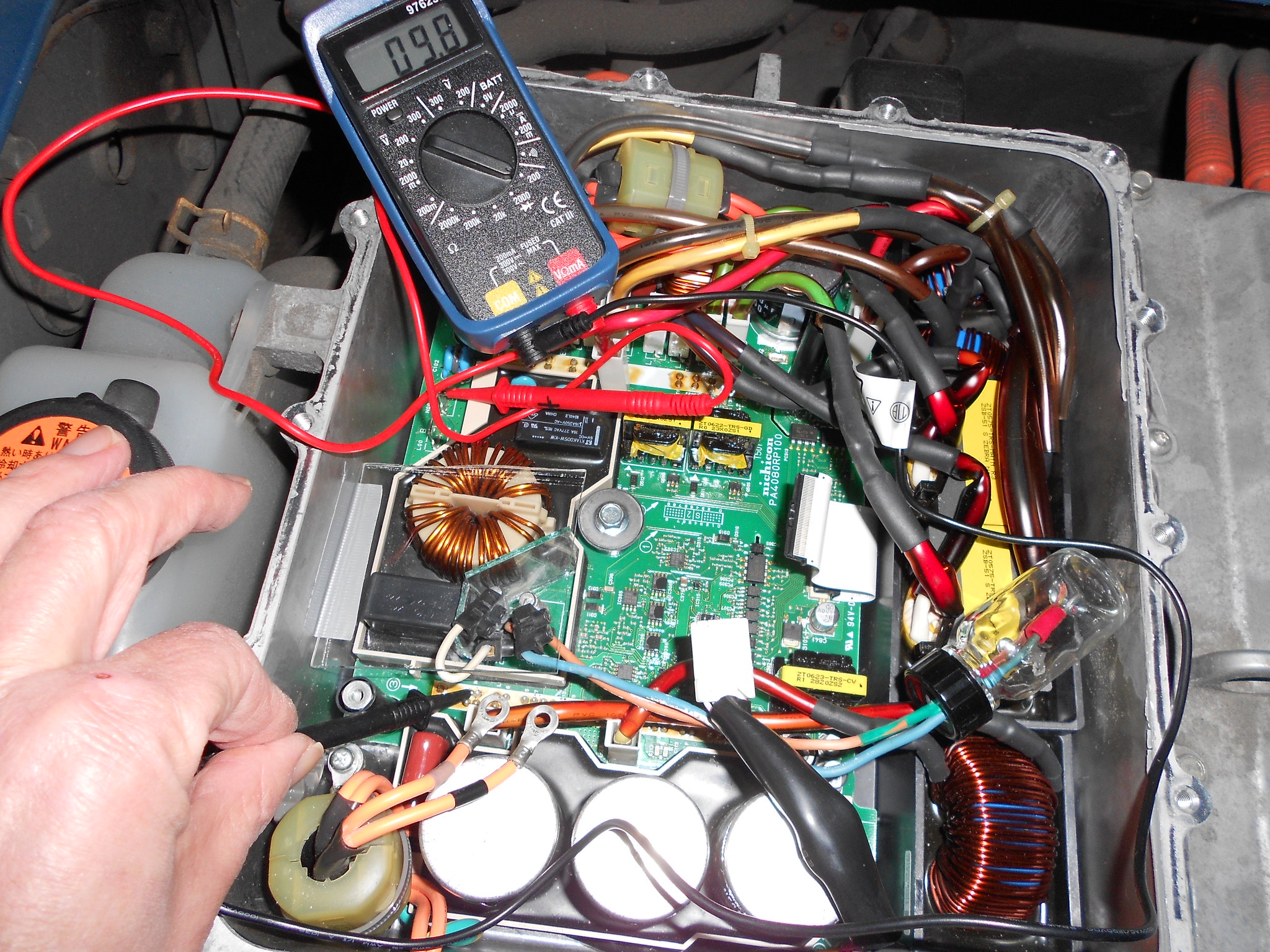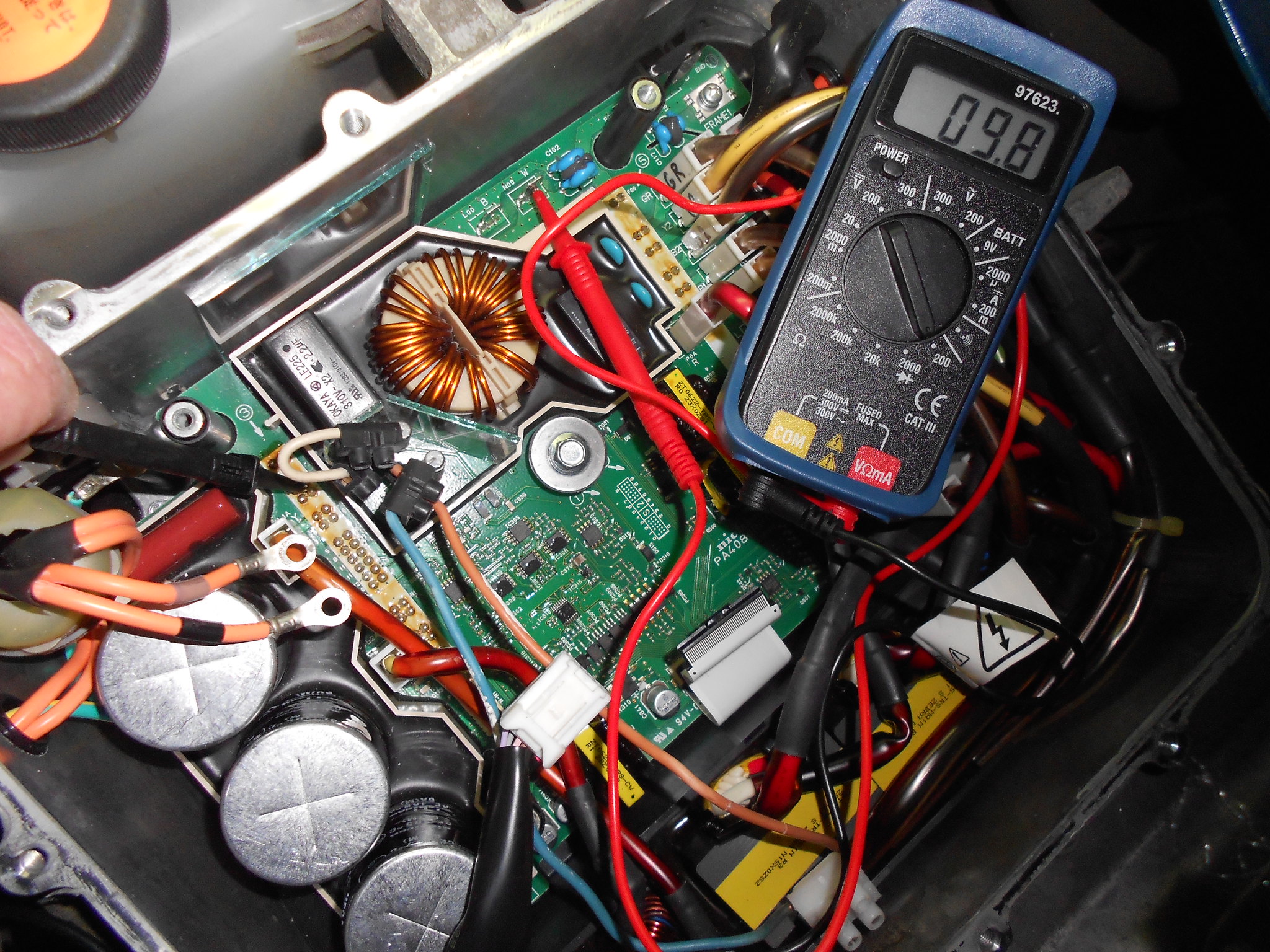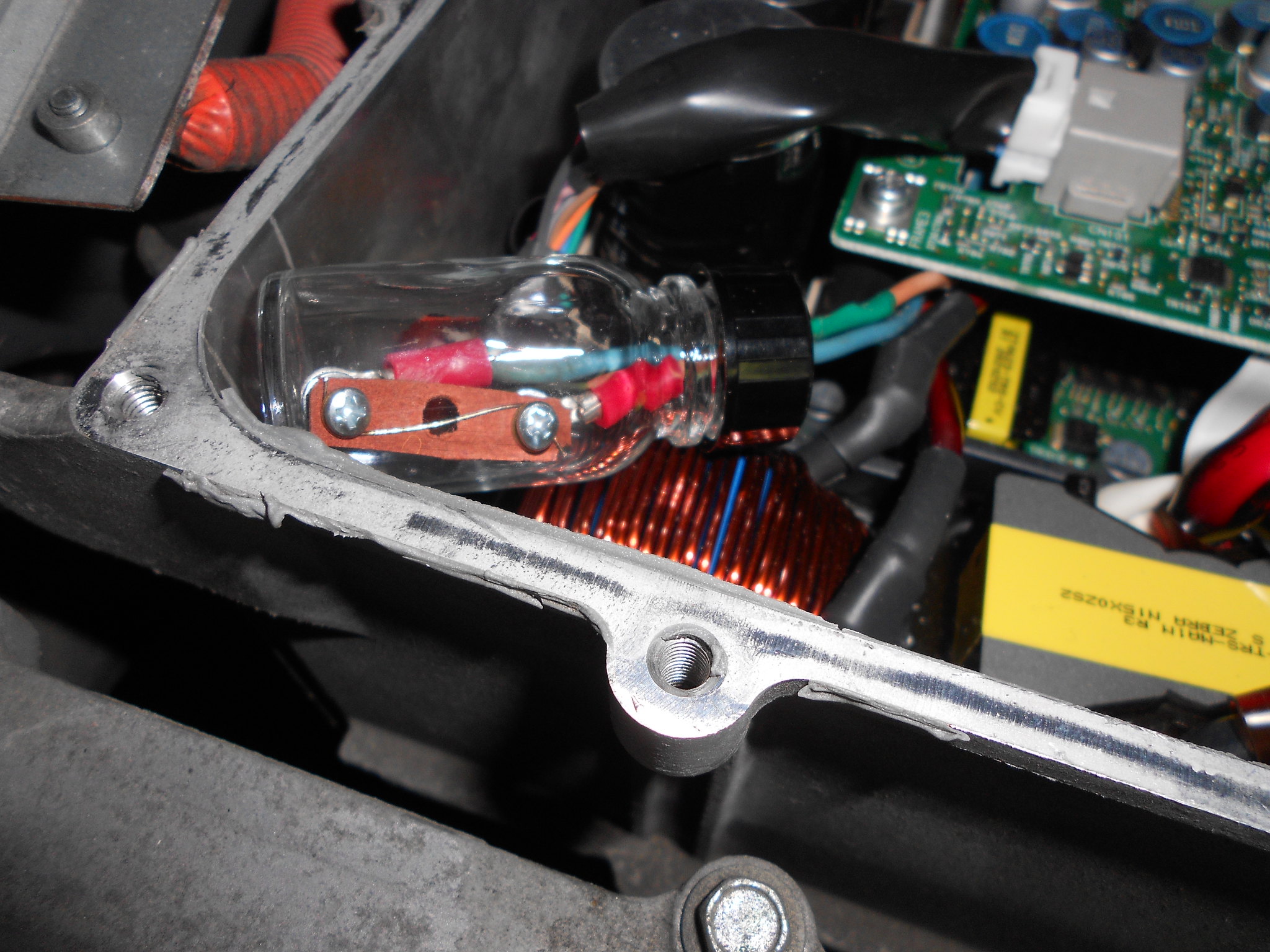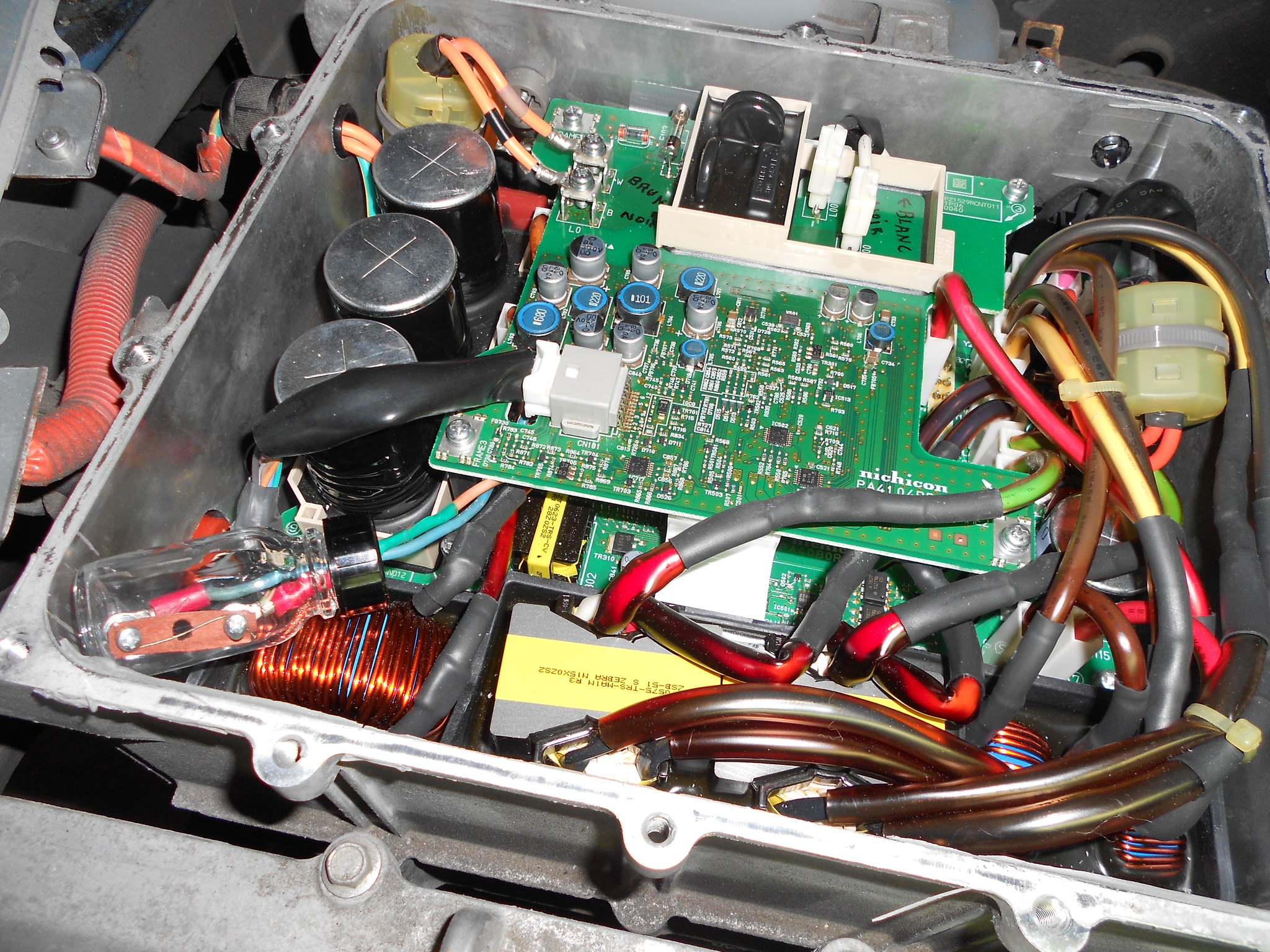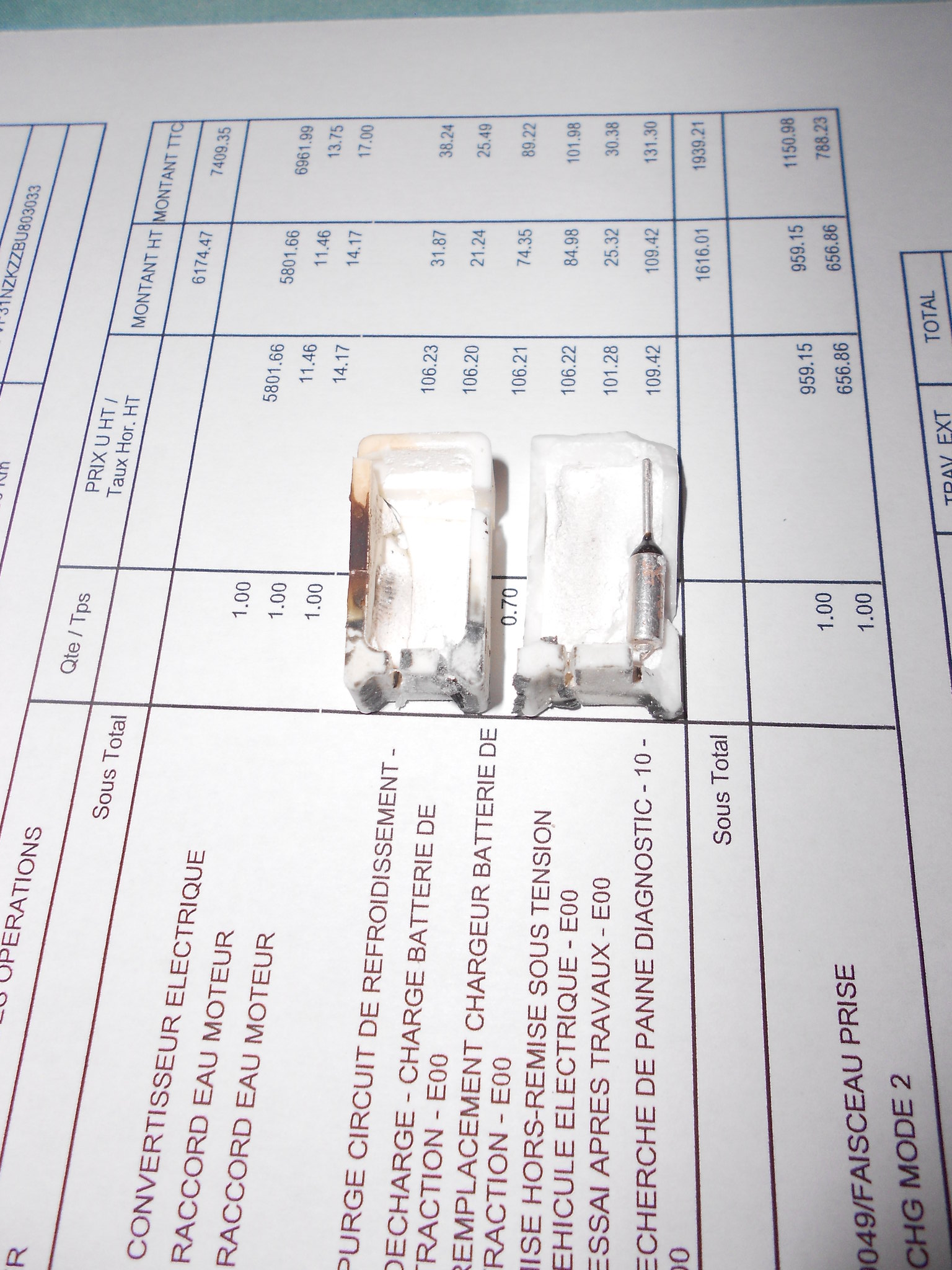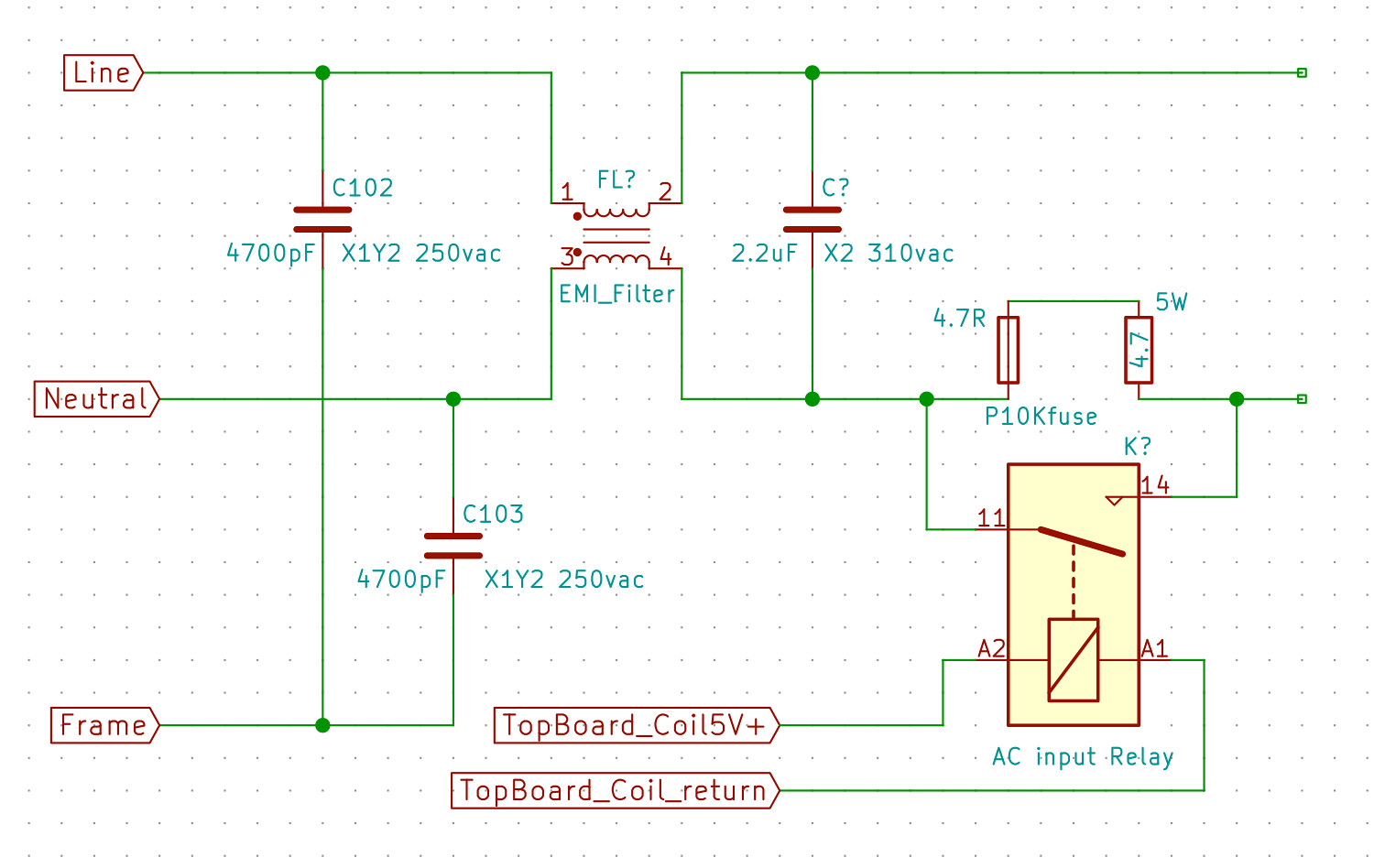Hello together,
I have the charging problem with my IMIEV. After plugging in the power cable for the 16A charge I can hear a fan spinning for only one second and after about 5 seconds the light on the charger turns off. The cable to the car has been tested and is working. The 20A fuse is fine and the OBC does look good at first sight and has already been replaced by a used one where I can not verify if it is working. The blue caps are good as well as the two fuses inside the OBC.
I can turn the car on and it jumps to ready but does not charge the 12V battery. Fast charge does work. The yellow car with the exclamation mark lights up. My only error code is P1A12. I can not hear any relays clicking and the 12V battery is new.
Does anyone have any suggestions on where to go from there?
Thank you so much!
I have the charging problem with my IMIEV. After plugging in the power cable for the 16A charge I can hear a fan spinning for only one second and after about 5 seconds the light on the charger turns off. The cable to the car has been tested and is working. The 20A fuse is fine and the OBC does look good at first sight and has already been replaced by a used one where I can not verify if it is working. The blue caps are good as well as the two fuses inside the OBC.
I can turn the car on and it jumps to ready but does not charge the 12V battery. Fast charge does work. The yellow car with the exclamation mark lights up. My only error code is P1A12. I can not hear any relays clicking and the 12V battery is new.
Does anyone have any suggestions on where to go from there?
Thank you so much!


































